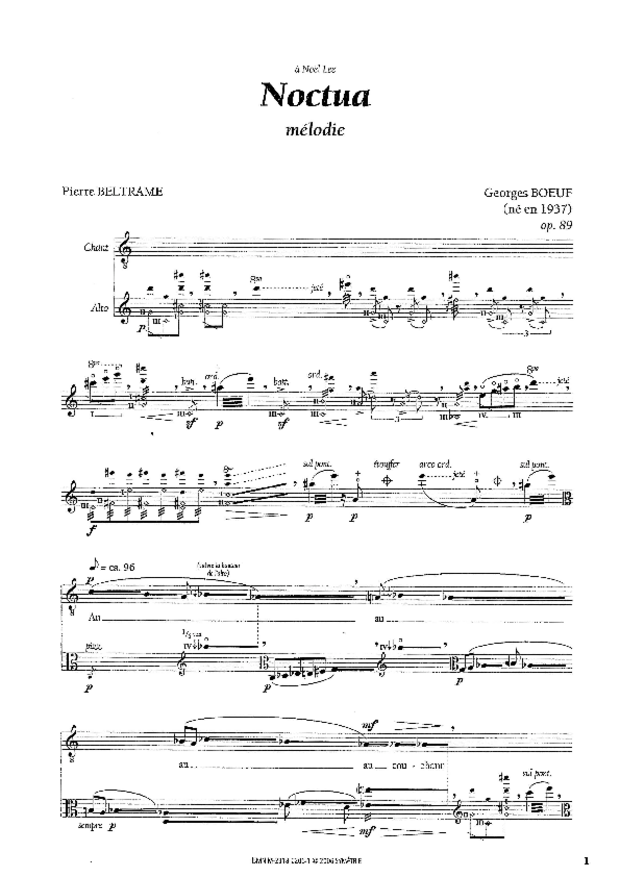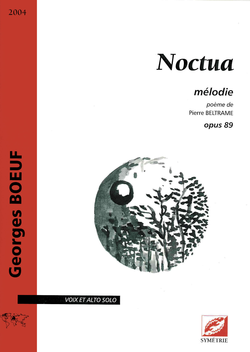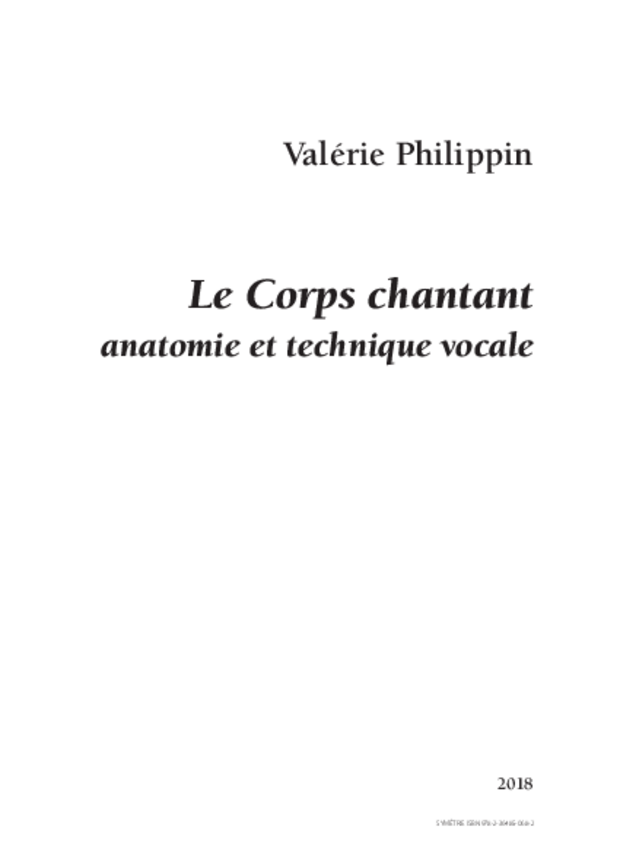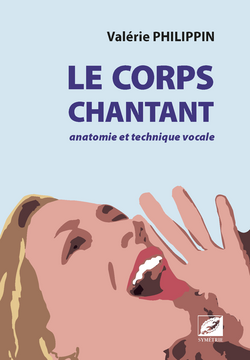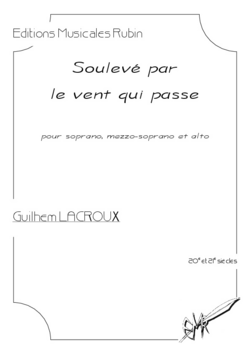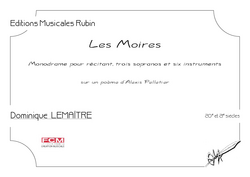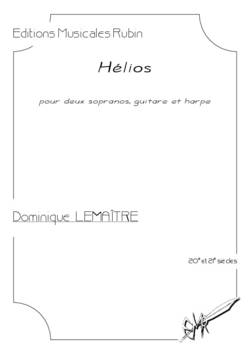This book is the first practical manual of osteopathy applied to voice rehabilitation. It is intended for students and health professionals, manual therapists and all those who are called upon to treat voice disorders or to teach its use as a tool for communication and expression.
For educational purposes, the author himself has produced a very important iconography which highlights, in a deliberately simplified and very clear manner, all the anatomical elements that are essential for understanding phonatory biomechanics. For the normalization techniques, the diagrams are completed by photos that show the therapist’s gestures with all the required precision.
The approach of Alain Piron, osteopath, brings a new and much broader dimension by placing the larynx in the large muscle chains of the body. It is thus possible to carry out a manual examination of the biomechanical function of the larynx, which naturally leads to normalisation techniques whose aim is to restore the mobility of the various structures involved in the vocal apparatus. The “manual gesture” thus allows a reprogramming of the “vocal gesture”.
Second expanded edition of September 2011 replacing the first edition of 2007.
Press panorama
Un livre technique utile. Un nouvel outil thérapeutique.
Orthophonies
Ouvrage très intéressant et particulièrement bien illustré.
Les illustrations très parlantes aident à assimiler les données.
Orthomagazine
Table of contents
- Préface || i || Guy Cornut
- Introduction || 1
- part. Éléments de phylogenèse et d’ontogenèse || 5-18
- Introduction || 5
- L’hominisation du crâne || 9
- part. Implications fonctionnelles de la posture laryngée || 19-48
- Introduction : la posture du larynx || 19
- Mouvements laryngés lors des fonctions spécifiques || 24
- Implications du larynx dans les grandes chaînes musculaires de l’organisme || 29
- part. Les systèmes de protection de la fonction laryngée || 49-72
- Les éléments de protection du système laryngé || 49
- Concept de tenségrité, système collagénique || 64
- Implications thérapeutiques || 72
- part. Principes des techniques de normalisation || 73-80
- Schéma thérapeutique || 73
- Les techniques de normalisation || 76
- part. L’examen du larynx || 81-100
- Palpation globale, diagnostic d’exclusion ou de restriction || 81
- Repères des structures laryngées || 87
- Mobilité laryngée lors des mouvements respiratoires || 88
- Mobilité spécifique des structures laryngées || 93
- Diagnostics différentiels et dysfonctions en chaînes || 94
- Tests spécifiques || 97
- Tests en « rebond » || 98
- La mobilité laryngée lors de l’émission sonore || 99
- Les tests en prénormalisation || 100
- part. Techniques de normalisation du système hyoïdien extrinsèque || 101-152
- Système hyoïdien superficiel (pariétal) || 101
- Système hyoïdien profond (viscéral) || 132
- part. Techniques de normalisation du système hyoïdien intrinsèque || 153-179
- L’espace crico-thyroïdien || 153
- L’investigation rétro-laryngée || 160
- L’articulation crico-thyroïdienne || 166
- L’articulation aryténo-cricoïdienne || 169
- Les plis vocaux || 177
- Les ailes thyroïdiennes || 179
- Considération sur les tests et les techniques réalisés avec le patient en position assise || 180
- part. L’ajustement biodynamique restreint || 180-184
- L’ajustement biodynamique direct en torsion || 181
- L’ajustement biodynamique direct respiratoire || 182
- L’ajustement biodynamique en « écoute thérapeutique » || 182
- part. Application des manipulations dans les troubles de la mobilité glottique || 185-200
- Introduction || 185
- Aspects neuromusculaires || 187
- Neuropathie d’emprisonnement || 189
- Bibliographie || 201
